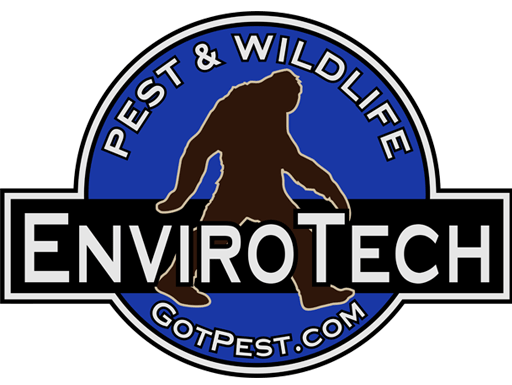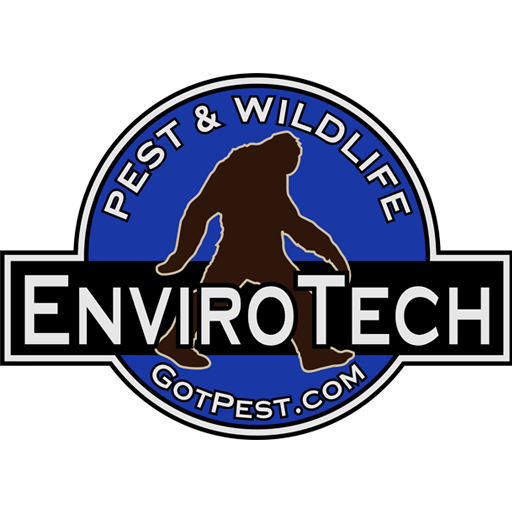EnviroTech Exterminating
Broken Arrow, Oklahoma
Got Pests? Call (918) 282-7621
Broken Arrow Exterminator Services
What is IGR in Pest Control?

IGR stands for “insect growth regulator” and it is used in insecticides to prevent larval or juvenile insects from maturing into destructive pests. While technically not a toxin, IGRs cause larval development or molting to be arrested, and the insect will eventually die without maturing. IGRs are used for a variety of different insect pests in many types of formulations for different uses.
-
Chitin Inhibitors
-
The hard exoskeleton of insects is made of chitin.Insect progress through different stages of development. For insects to pass from the larval stage to a juvenile or adult stage, they must form a hard exoskeleton. This requires the production of chitin, a type of protein that makes up the exoskeleton. Chitin inhibitors disrupt the synthesis of chitin and prevent the insect from further development. Common chitin inhibitors include diflubenzuron, cyromazine, novaluron and buprofezin.
Hormonal Disruptors
-
Insect larval development is arrested by hormonal disruptors.Hormonal disruptors are used to prevent insects from molting. The primary molting hormone, ecdysone, is targeted with this type of IGR. Juvenile hormone mimics cause premature molting and deformation of wings and reproductive parts, making the insects less likely to reproduce or become pests. Common juvenile hormone mimics are pyriproxyfen, kinoprene, tebufenozide and methoxyfenozide.
Ecdysone Inhibitors
-
Larva unable to molt will die.The primary molting hormone, ecdysone, is targeted with this type of IGR. When the normal signal for a pupa or larva to molt is blocked, it will not molt and the insect will die. Azadirachtin is an IGR that is chemically very similar to ecdysone and is used in most ecdysone-inhibiting IGRs.
Household Insect Pests
-
IGRs are specially formulated to be applied directly to pets.Fleas, ticks, roaches and other indoor insect pests are controlled by IGRs. Photostable IGRs can be applied inside and around the outside of the house. Products containing methoprene are used to control fleas. Methoprene and fipronil in special formulations can be applied topically to dogs and cats. Products containing nylar are photostable and can be used indoors or outdoors against fleas and roaches. Hydropene is for indoor use only and is effective against roaches and other pantry pests such as beetles, weevils and moths.
Considerations
-
Dragonflies are beneficial insect predators.Most IGRs are considered “reduced-risk” vs. insecticides that directly kill insects. IGRs are engineered to affect narrower ranges of pests and can be less toxic to pets, livestock, humans and other wildlife. Chitin inhibitors may be toxic to non-pest insect species such as predatory insects, as well as arthropods and possibly fish. Some IGRs are not photostable–they break down quickly in sunlight, so they are for indoor use only.
Timing
-
Applying IGRs at the right time makes them most efficient.IGRs are best used early in the season when insects are developing from larval or pupal stages. They can also be used a few days after applying an insecticide to kill adult insects. Timing or additional excipients may be required to make IGRs most effective. Read manufacturer’s instructions for proper use. IGRs are not “knockdown” insecticides. They require a period of time to be effective.
-
EnviroTech Exterminating Provides Exterminator Services for Broken Arrow, Tulsa, Jenks, Bixby, Coweta and Muskogee area Commercial and Residential Customers. Our Pest Protection Program Includes Use Of IGR. Contact EnviroTech at (918) 282-7621 To Schedule Pest Control Services Today.

